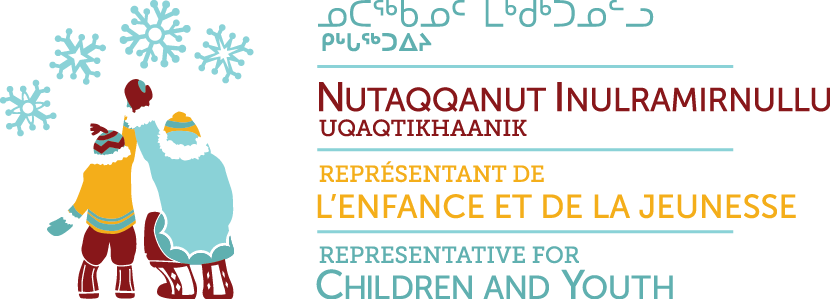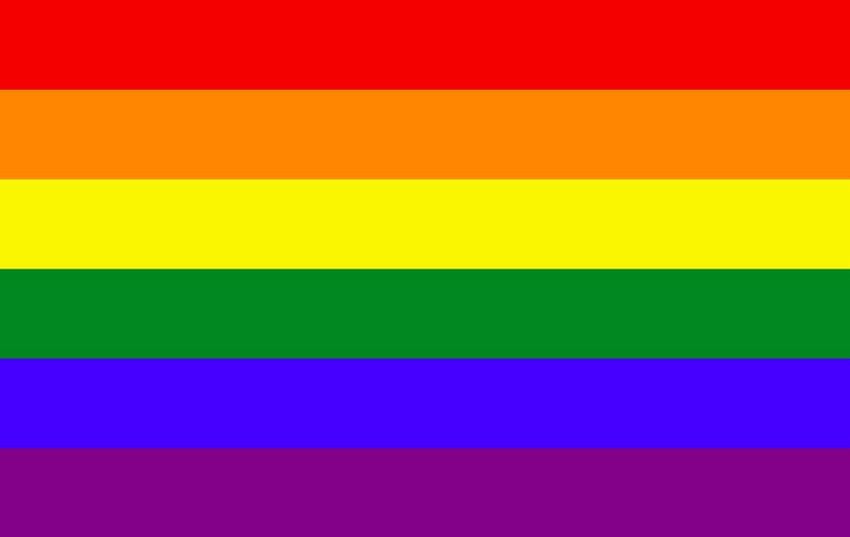Standing Committee on Oversight of Government Operations and Public Accounts Hearings
on the 2019-2020 Annual Report of the Representative for Children and Youth
Iqaluit, Nunavut
June 21, 2021
Mr. Lightstone: Thank you, Mr. Chairman. Thank you, Ms. Bates, for providing that explanation and you provided a lot of information. I was taking some notes and I will be following up on those items later.
First, I would like to move on to the second prominent issue which you have identified which is, as you noted, “…that by not acknowledging and addressing the abuse that some children experience it is being condoned…”
On page 3 you also indicated that “Having received a list of the critical injuries and deaths of young people that have occurred over the past five years from the Department of Family Services,” you were “shocked at the frequency and extent of violence and physical and sexual abuse noted.”
Further down the page you also note that “All young people have the right to be free from all forms of abuse, including physical abuse, sexual abuse, emotional abuse, and neglect…” I think that is something that we can all agree upon, but in the next sentence it states that “Child sexual abuse has been normalized for Inuit children.” That was a quote taken from Pauktuutit Inuit Women of Canada.
I would like to thank you for including references to the rate of abuse that children are facing in Nunavut. Unfortunately I could not agree with you more. This is an issue that I have been raising repeatedly over the years. Just last year I asked the government if it felt that the current state or rate of child sexual abuse in Nunavut could be considered a crisis, and the response that I received, I believe, was that it was not. I also had previously stated that the Government of Nunavut, by not addressing this crisis that we are in, that our children are in, is guilty by association.
My next question for you Ms. Bates, as it has been identified in numerous reports from your own, Pauktuutit, Stats Canada, and so forth that there is an unacceptable rate of child sexual abuse in the territory, my next question is: at what point should it be considered a crisis and at what point should a strategy be formulated to address it? Thank you, Mr. Chairman.
Chairman (interpretation): Thank you. Ms. Bates.
Ms. Bates: Thank you, Mr. Chairman. Thank you for the question. I was hoping I would be asked this question. I’m going to ask you to bear with me because I want to share a great deal of information that I think is relevant to answering this question.
First, I want to start with the numbers that we reported in the annual report that show that 625 in-territory registered sexual offenders was in this report, 438 had offences against children, which accounted for 70 percent, a shocking number.
I am aware that updated numbers were reported in the Legislative Assembly sitting, I believe, in October 2020 with 416 sexual offenders, 50 percent of which, 209, had offences against children, still an equally shocking number.
According to the Canadian Centre for Child Protection, upwards of 93 percent of child abuse cases are never reported to the police or a child welfare agency, such as Family Services. That means that only 7 percent of child abuse cases are ever brought forward to an agency that would investigate child abuse or end in charge and conviction.
In my professional experience, the number of cases of child abuse reported to child welfare agencies or departments such as Family Services that actually involve the police and end in charges and convictions are very low in relation to the number of actual referrals of child sexual abuse.
Mr. Chairman, on March 4, 2020 the Minister responsible for Family Services stated in the House when asked how many children are making disclosures of child sexual abuse, the Minister stated, “…pretty much guaranteed, maybe twice a week.” That means any year, Family Services is receiving approximately 104 reports of child sexual abuse a year. I did the numbers. I am a social worker by trade, so I did use a calculator, just so you know.
The final piece of information that I would like to share about this issue is when there is discussion about whether this is a crisis, when you look at all of this information that I am providing together, I would say yes, this is a crisis. I actually looked up the actual definition in Webster’s Dictionary about what a crisis is, and it says, “A crisis is a situation that has reached a critical phase.” The second part of the definition is it’s “an unstable or crucial time or state of affairs in which a decisive [change] is impending.”
Based on the information that Family Services provided on March 4, the number of registered sex offenders currently in the territory and the additional information that I provided as it relates to the unknown numbers, what we don’t know, I would say that based on all those factors, this is a crisis and I would term it as a crisis.
I would say that according to the World Health Organization, in order to address a crisis or what we would consider a public health issue, you must first start with a description of the magnitude and impact of the problem. What I mean by that is you must be keeping accurate, statistical information about the number of referrals that you are receiving as it relates to this matter.
I trust that answers the question. Thank you, Mr. Chairman.
 Nunavut advocate worries not enough being done to end child sexual abuse
Nunavut advocate worries not enough being done to end child sexual abuse

